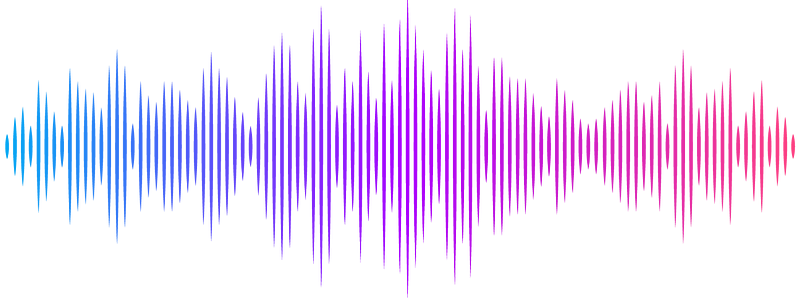Frontal Vulnerability vs. Temporal Resilience: Neuro-compensatory mechanisms underline differential language aging trajectories

Frontal Vulnerability vs. Temporal Resilience: Neuro-compensatory mechanisms underline differential language aging trajectories
Jain, P.; Akhter, A.; Banerjee, A.
AbstractAge-related decline underlies cognitive functions such as sensorimotor control, executive functioning, memory, and language production (LP), whereas language comprehension (LC) tends to remain intact or improve across healthy adult lifespan. Preservation of LC can have structural and functional origins identifiable from key brain regions of the language network (LAN). To investigate this hypothesis, we analyzed the relationships among resting-state brain functional connectivity (rsFC) derived from functional magnetic resonance imaging (fMRI) signals, structural connectivity (SC) derived from diffusion MRI metrices, and behaviour (LC and LP) using a cross-sectional cohort of healthy adults (N = 652; aged 18-88). Six cognitive tasks assessing LC and LP were employed, with neuroimaging measures focused on region-specific connections within the LAN. Using generalized additive mixed models (GAMMs), complex brain-behaviour interactions were identified. Behavioral analyses revealed established age-related dichotomy, LC abilities in vocabulary and proverb comprehension improved and in syntactic and semantic comprehension remained stable, whereas LP tasks, e.g., verbal fluency, picture priming, and tip of tongue exhibited significant decline across the lifespan. SC exhibited decline in both intra- and inter-hemispheric fronto-temporal and frontal lobe connections, contrasted by preserved or enhanced temporal lobe connectivity, supporting a pattern of frontal vulnerability concomitant with temporal resilience. Age-related FC patterns demonstrated overall preservation, reflecting compensatory mechanisms to sustain functional integrity despite structural degradation. GAMM analyses revealed complex relationships between brain connectivity and language performance across age. Thus, integrating knowledge of brain structure, function, and language abilities, we identified the brain network mechanisms associated with dichotomous language behavior along lifespan.